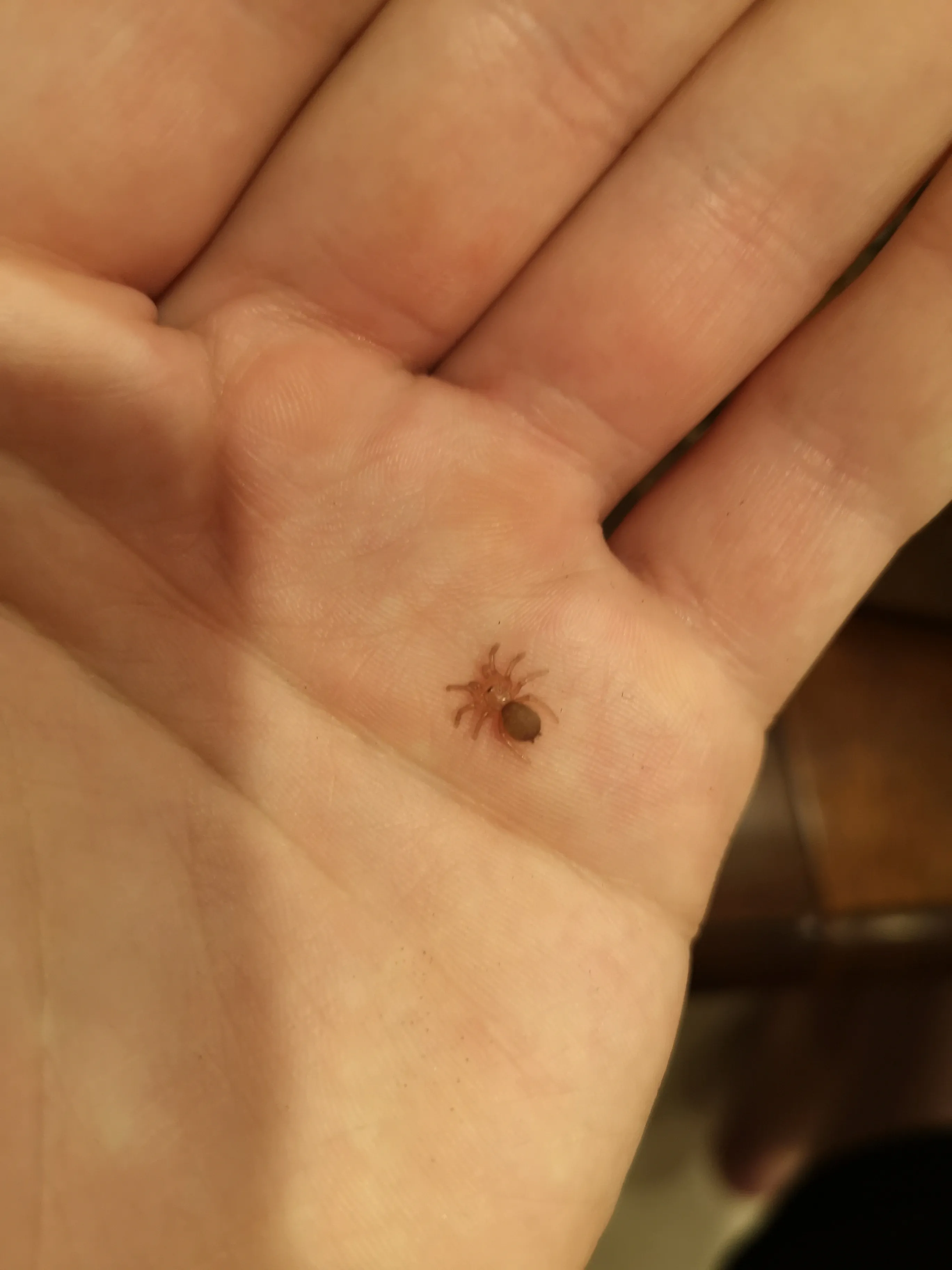Understanding Birdeater Tarantula Slings
Caring for a Birdeater Tarantula sling can be a rewarding experience for any arachnid enthusiast. These fascinating creatures, known for their impressive size and docile nature, require specific care to thrive. This guide provides comprehensive instructions on how to properly care for your Birdeater Tarantula sling. By understanding their needs and providing the right environment, you can ensure your sling grows into a healthy and magnificent adult tarantula. Proper care involves several key aspects habitat setup, feeding, watering, and understanding their growth cycle. Let’s delve into the essential elements of Birdeater Tarantula sling care to ensure your new pet thrives.
What is a Birdeater Tarantula Sling
A tarantula sling refers to a juvenile tarantula, which is a young tarantula still in its early stages of growth. Birdeater Tarantula slings are typically small and vulnerable, requiring special attention and care. These slings are named for their potential size as adults. Their name comes from the fact that they have been observed eating small birds in the wild, but in captivity, they are usually fed insects. Birdeater Tarantula slings are known for their rapid growth rate, making them a fascinating species to observe. Knowing the stage of development of a Birdeater Tarantula sling allows you to understand their particular needs. These smaller tarantulas have different care requirements compared to adult tarantulas. These slings will typically experience several molts before reaching maturity.
Appearance and Characteristics
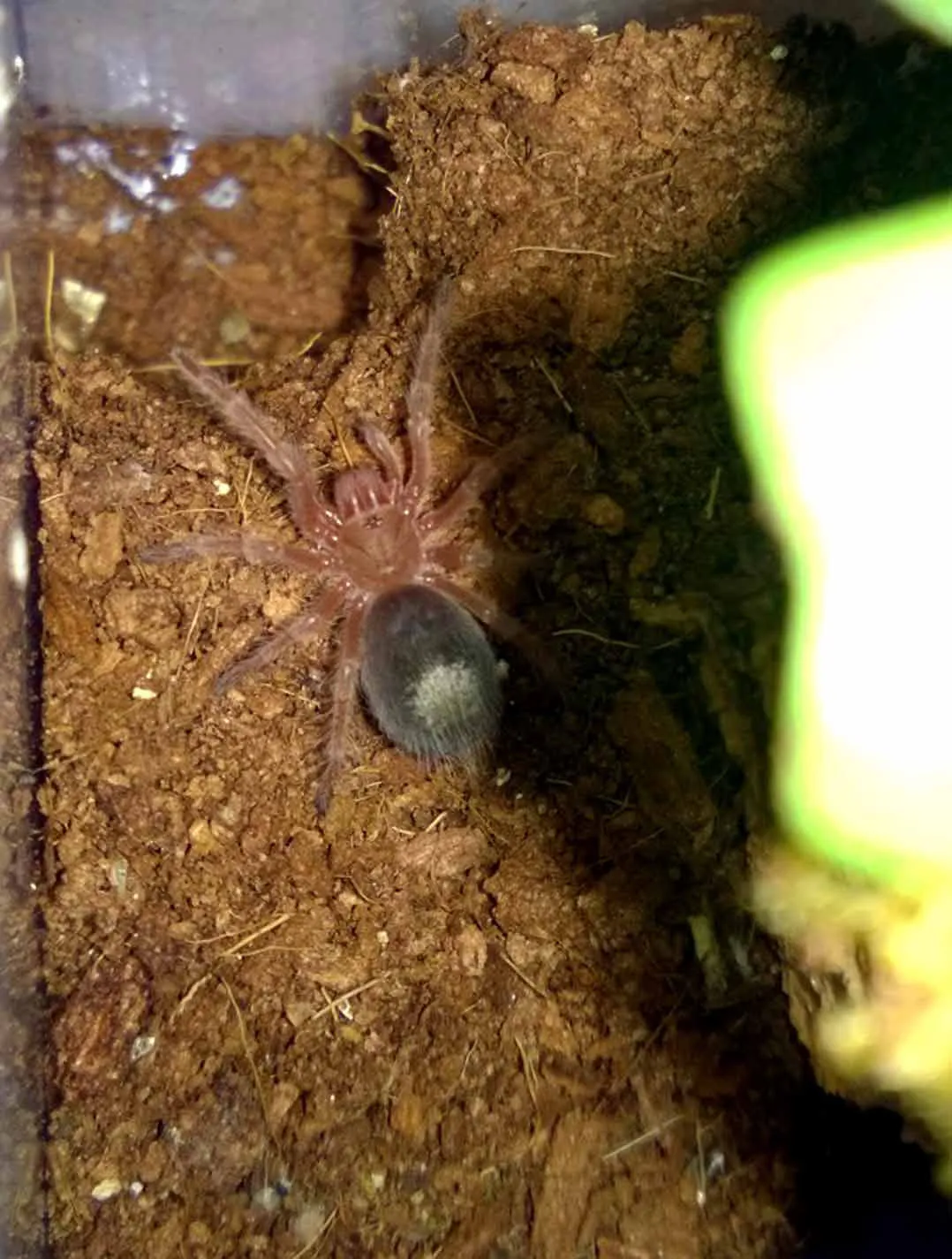
Birdeater Tarantula slings possess a unique appearance that changes as they grow. Their coloration and patterns vary depending on the species, but most slings start with muted colors. As they mature, their colors become more vibrant, displaying striking patterns. They have eight legs, two pedipalps (used for manipulating food), and two chelicerae (fangs). The body consists of two main parts the cephalothorax (head and thorax) and the abdomen. A key characteristic is their size the slings are very small, typically measuring less than an inch in leg span. Their size means they need a more controlled environment to thrive. Their delicate nature requires careful handling and a safe enclosure. Understanding these characteristics is essential to providing optimal care.
Setting Up the Perfect Habitat
Creating the perfect habitat is crucial for the well-being of your Birdeater Tarantula sling. This involves selecting the right enclosure, substrate, and providing the correct temperature and humidity. The environment you create should mimic their natural habitat as closely as possible. Providing the correct habitat will help your sling feel safe and secure, promoting healthy growth. The setup should be easy to maintain, so it provides an enjoyable experience for you. Proper habitat design should be the primary focus when starting with tarantulas. This section will guide you through setting up a thriving enclosure for your Birdeater Tarantula sling.
Enclosure Size and Type
The size and type of the enclosure should be appropriate for the sling’s size. A small plastic container or deli cup with ventilation holes is ideal for slings. As the sling grows, the enclosure should be upgraded to a larger terrarium. Ensure the enclosure is escape-proof to prevent the tarantula from escaping. The enclosure should provide ample space for the sling to move around. A good enclosure should be easy to clean and maintain. The ideal size will vary based on the species, so research is important. Enclosure size should be increased gradually as the sling grows to avoid overwhelming it. A properly sized enclosure minimizes stress and promotes healthy growth. Ensure the enclosure has a secure lid to prevent escapes, and the lid should be placed and handled with care.
Substrate and Furnishings
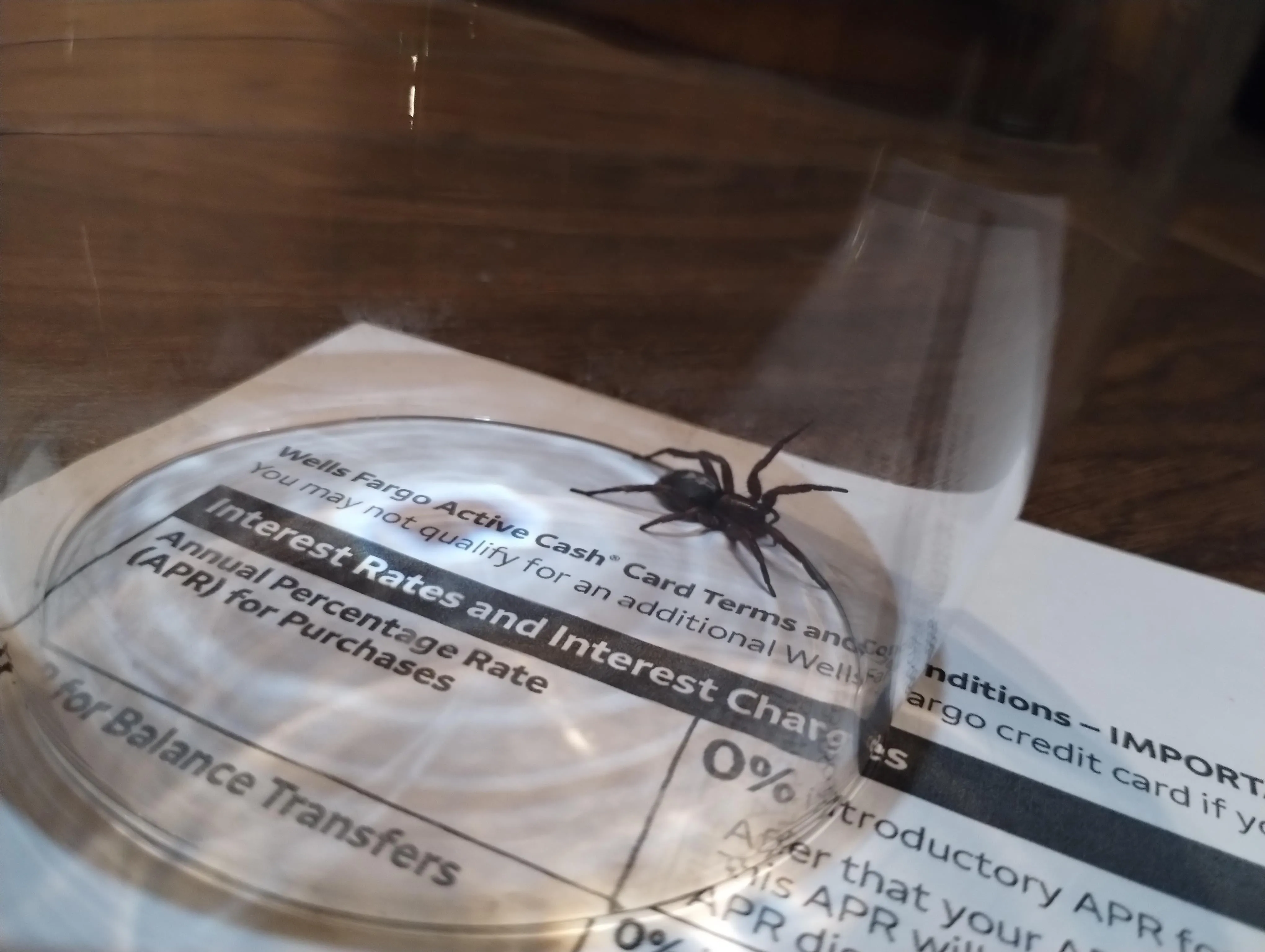
The substrate provides a comfortable living environment and helps regulate humidity. Suitable substrates include coco fiber, peat moss, or a mix of both. Avoid using soil or gravel, as they can be harmful. The substrate should be deep enough for the sling to burrow if it chooses. Add some decorations like a small piece of cork bark or a plastic plant to provide hiding places. Ensure the furnishings are secure to prevent injury to the sling. Regular substrate changes are essential to maintain a clean environment. The substrate should be kept moist but not wet to maintain humidity. A healthy substrate helps your Birdeater Tarantula sling to thrive. The type of substrate selected will affect the overall success of the habitat.
Temperature and Humidity
Maintaining the correct temperature and humidity levels is vital for the sling’s health. Most Birdeater Tarantulas thrive in a temperature range of 75–85°F (24–29°C). Use a heat pad or a heat lamp to maintain the correct temperature, but be cautious to prevent overheating. Humidity levels should be around 70–80%. Use a hygrometer to measure the humidity levels, and mist the enclosure with water to maintain humidity. Good ventilation is important, but be careful to ensure the humidity is not too low. Adjust the heat source and ventilation as needed to maintain the proper environment. These factors contribute to the sling’s comfort and health. Monitoring temperature and humidity levels are crucial for successful care of Birdeater Tarantula slings.
Feeding Your Birdeater Tarantula Sling
Feeding is a critical aspect of caring for your Birdeater Tarantula sling. The diet and feeding frequency vary depending on the age and species of the tarantula. Providing appropriate food ensures healthy growth and development. It is very important to feed your sling the correct food items. Proper feeding habits set the stage for a well-fed and healthy spider. Regularly monitoring your sling’s feeding habits will help you identify any potential health issues early on. Always ensure the food is safe and free of pesticides or other harmful substances. This section will cover essential feeding practices for Birdeater Tarantula slings.
What to Feed
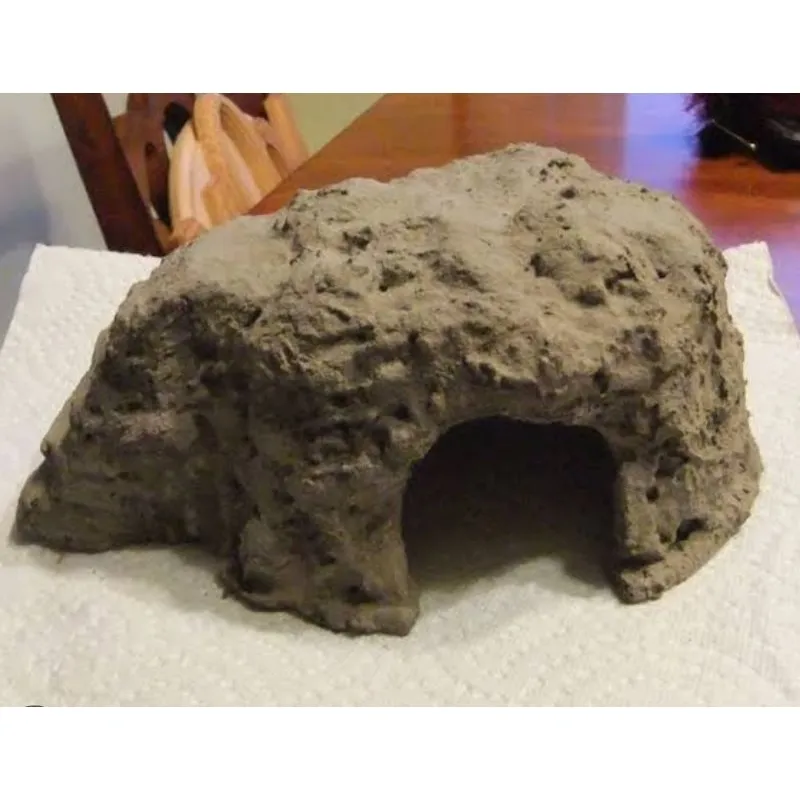
Birdeater Tarantula slings primarily feed on small insects. Good options include flightless fruit flies, pinhead crickets, and small roaches. The size of the prey should be no larger than the sling’s body. Avoid feeding wild-caught insects, as they can carry parasites or diseases. Provide a varied diet to ensure your sling receives all necessary nutrients. Dusting the food with calcium and vitamin supplements can also be beneficial. Always remove uneaten food within 24 hours to prevent mold growth. Properly sized insects, such as small crickets, are a great option for feeding your sling. Variety in food options supports better overall health. Choose insects from a reputable source to avoid diseases or pesticides.
Feeding Frequency
The feeding frequency depends on the sling’s age and growth rate. Young slings should be fed every 2–3 days. As the sling grows, the frequency can be reduced to once or twice a week. Observe your sling’s feeding behavior. If the sling is always hungry, you may need to increase the feeding frequency. Do not overfeed the sling, as this can lead to health problems. The abdomen should be plump but not excessively so. Adjust the feeding schedule based on the tarantula’s activity level and willingness to eat. Consistent feeding helps establish healthy feeding habits. It is important to monitor your sling’s growth and adjust feeding accordingly.
Watering and Hydration
Proper hydration is crucial for the health and well-being of your Birdeater Tarantula sling. Tarantulas need access to clean water to survive. Providing water and maintaining the right humidity levels are key elements of hydration. A dehydrated tarantula can become weak and die. The proper watering and hydration methods ensure your sling remains healthy and active. Understanding the hydration needs is essential for all tarantula owners. These practices involve ensuring access to fresh water and managing the humidity levels within the enclosure.
Providing Fresh Water
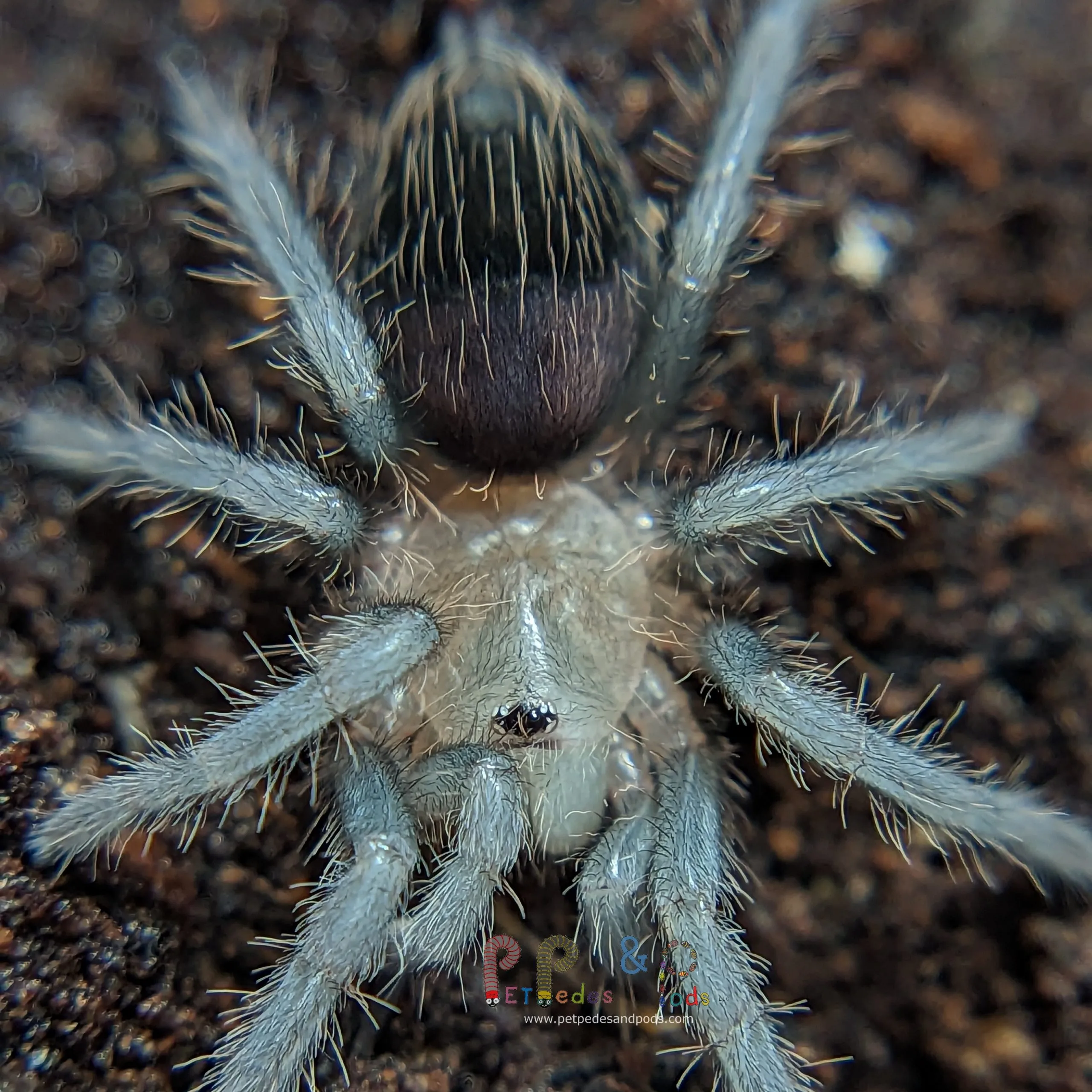
Always provide a shallow water dish with fresh water. The water dish should be small enough to prevent the sling from falling in and drowning. Use a cotton ball or sponge in the water dish to allow the sling to drink safely. Change the water regularly to keep it clean and prevent the growth of bacteria. You can also lightly mist the enclosure walls and substrate. Ensure the water is chlorine-free and safe for consumption. Regular access to fresh water is necessary for hydration and overall health. The water source must always be clean and accessible to prevent dehydration. A shallow water dish allows the sling to drink safely and comfortably.
Misting and Humidity Control
Misting the enclosure helps maintain the required humidity level. Mist the enclosure 2–3 times a week, or as needed, to maintain the correct humidity levels. Avoid over-misting, as this can lead to mold growth. Use a hygrometer to monitor humidity levels and adjust your misting schedule. Ensure the enclosure has proper ventilation to prevent excessive humidity. Be careful not to spray water directly onto the sling. Humidity levels are very important for the sling’s molting process. Proper humidity facilitates the molting process and helps your sling thrive. The humidity levels can also be maintained using the right substrate.
Molting and Growth
Molting is a natural process where the tarantula sheds its exoskeleton to grow. Understanding the molting process is crucial for the care of your Birdeater Tarantula sling. During this time, the sling is vulnerable and needs special care. The molting process is an indication that the tarantula is growing and developing. Being aware of what to expect can help prevent complications. This process includes recognizing the signs, ensuring the proper environment, and taking any necessary steps to assist in the process. Knowing these facts allows you to provide optimal care during this vulnerable time.
Recognizing Molting Signs
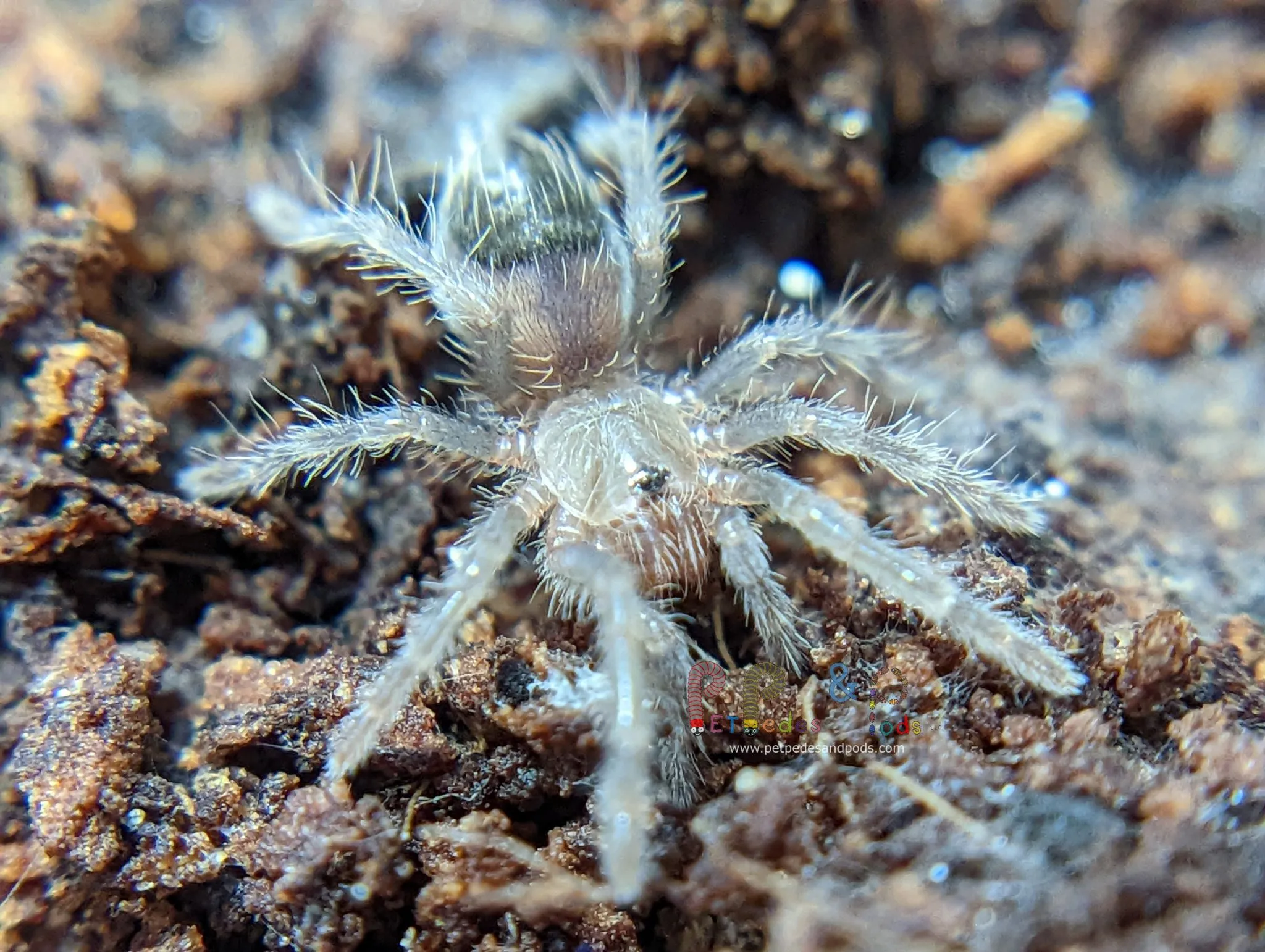
Several signs indicate that your sling is about to molt. The tarantula may become inactive and stop eating. The abdomen may appear darker or swollen. The sling may also start to create a mat of silk. It will often lie on its back during the molting process. Do not disturb the tarantula during molting. Avoid handling or moving the enclosure. The sling might also refuse food during the pre-molt phase. These signs mean you should take the utmost care and pay close attention to the enclosure.
Post-Molting Care
After molting, the sling’s new exoskeleton will be soft and vulnerable. Do not feed the sling for several days. This allows the exoskeleton to harden. Provide access to fresh water. Ensure the humidity is maintained. Monitor the sling for any signs of distress. The tarantula should regain its appetite in a few days. The sling’s colors will often be brighter after molting. Handle the sling only when the exoskeleton has completely hardened. Proper post-molt care sets the stage for a successful molt and further growth.
Common Health Issues and Solutions
Birdeater Tarantula slings are generally hardy, but they can be susceptible to certain health issues. Recognizing these issues and knowing how to address them is crucial for their well-being. The most common health problems involve parasites, injuries, and complications during molting. Being aware of preventative measures can prevent many potential health issues. Early detection and treatment are vital for the tarantula’s survival. This section will cover common health issues, their causes, and how to address them.
Parasites and Pests
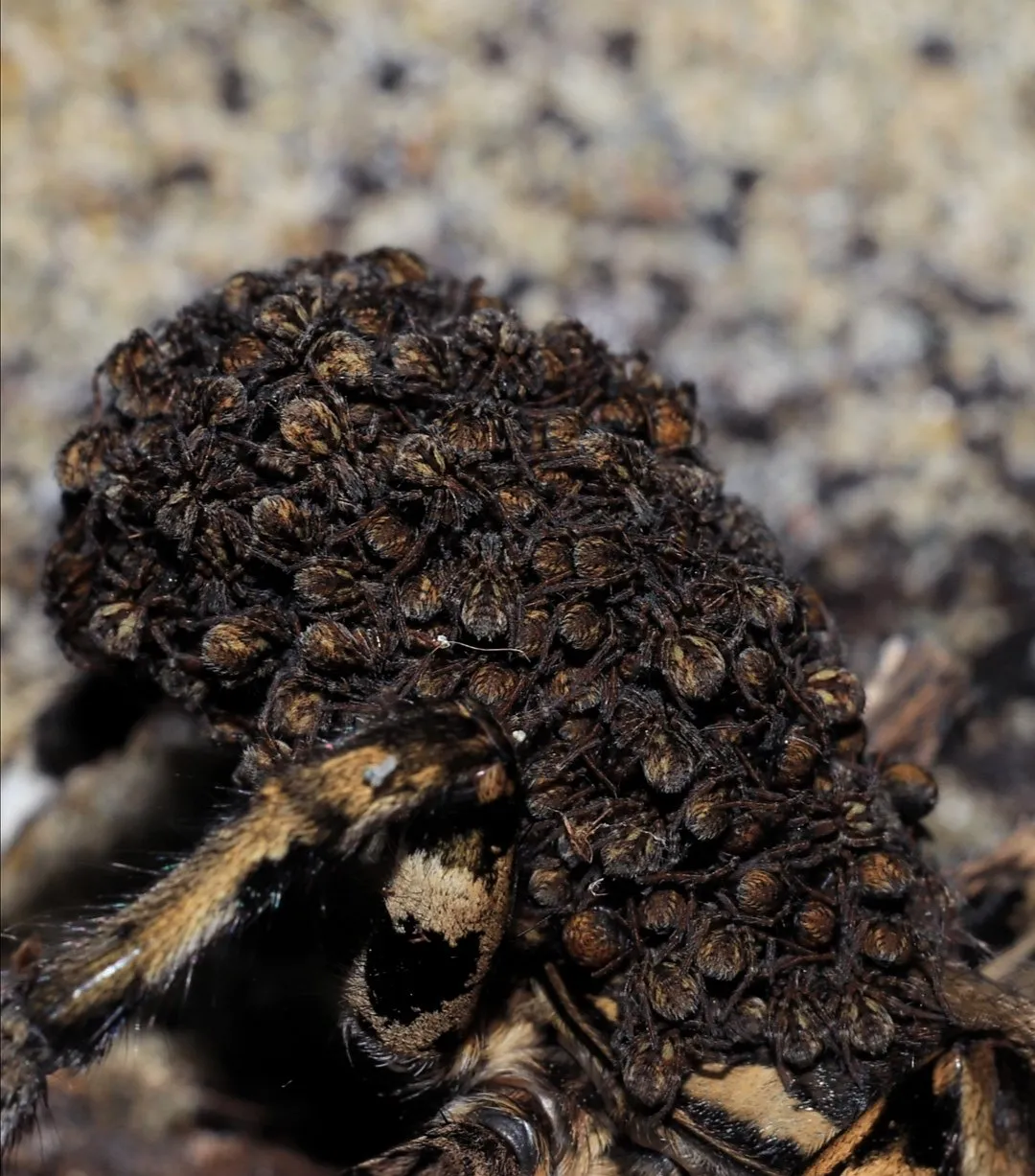
Mites can be a common problem in tarantula enclosures. They can cause irritation and stress to the sling. Prevent mites by maintaining a clean environment. Quarantine new tarantulas to prevent cross-contamination. Springtails are usually harmless but can indicate a damp enclosure. Parasitic worms are rare, but may occur if the sling consumes infected prey. If you suspect a parasite infestation, consult a veterinarian specializing in invertebrates. Early detection is key to eliminating parasites. Inspect the enclosure regularly for signs of pests.
Preventative Measures
The best approach to health issues is prevention. Maintain a clean and hygienic environment. Provide fresh water and appropriate humidity levels. Feed the sling a balanced diet of healthy insects. Quarantine new tarantulas before introducing them to your collection. Regularly inspect the enclosure for any signs of pests or diseases. Avoid overcrowding and ensure proper ventilation. Practice responsible handling techniques. Early detection and prevention are always better than cure. Following preventative measures greatly increases the health of the tarantula.
Handling and Safety Precautions
Handling Birdeater Tarantula slings should be approached with caution. While these tarantulas are generally docile, bites can still occur. Understanding the right time to handle them and taking necessary safety precautions are essential for both your safety and the well-being of the tarantula. Always be aware of the potential risks and handle the tarantula with care and respect. It is very important to use the correct handling techniques. It is also important to establish a safe and comfortable environment for both you and the tarantula. Always remain aware of the tarantula’s state of mind. This section will cover the dos and don’ts of handling Birdeater Tarantula slings.
When to Handle
Handling should be kept to a minimum, especially with slings. Only handle the sling when necessary, such as for enclosure cleaning or health inspections. Avoid handling the sling immediately after a molt, when it is vulnerable. Do not handle the sling if it appears stressed or defensive. Always handle the sling in a controlled environment, such as over a soft surface. Avoid handling the sling if you are tired or distracted. Always prioritize the well-being of the tarantula. If handling is absolutely necessary, use a soft brush to gently coax the sling onto your hand.
Safety Tips
Always wash your hands thoroughly before and after handling the sling. Handle the sling over a soft surface to minimize the risk of injury if it falls. Avoid sudden movements that might startle the tarantula. Do not put your fingers near the fangs. Be aware of the tarantula’s behavior, and watch for signs of stress or aggression. If the sling appears agitated, gently place it back in its enclosure. Do not handle the sling if you have allergies to insect bites or venom. Keep children away from the tarantula and the enclosure. Always treat the tarantula with respect and handle it with care. Prioritize safety for both you and the tarantula.
